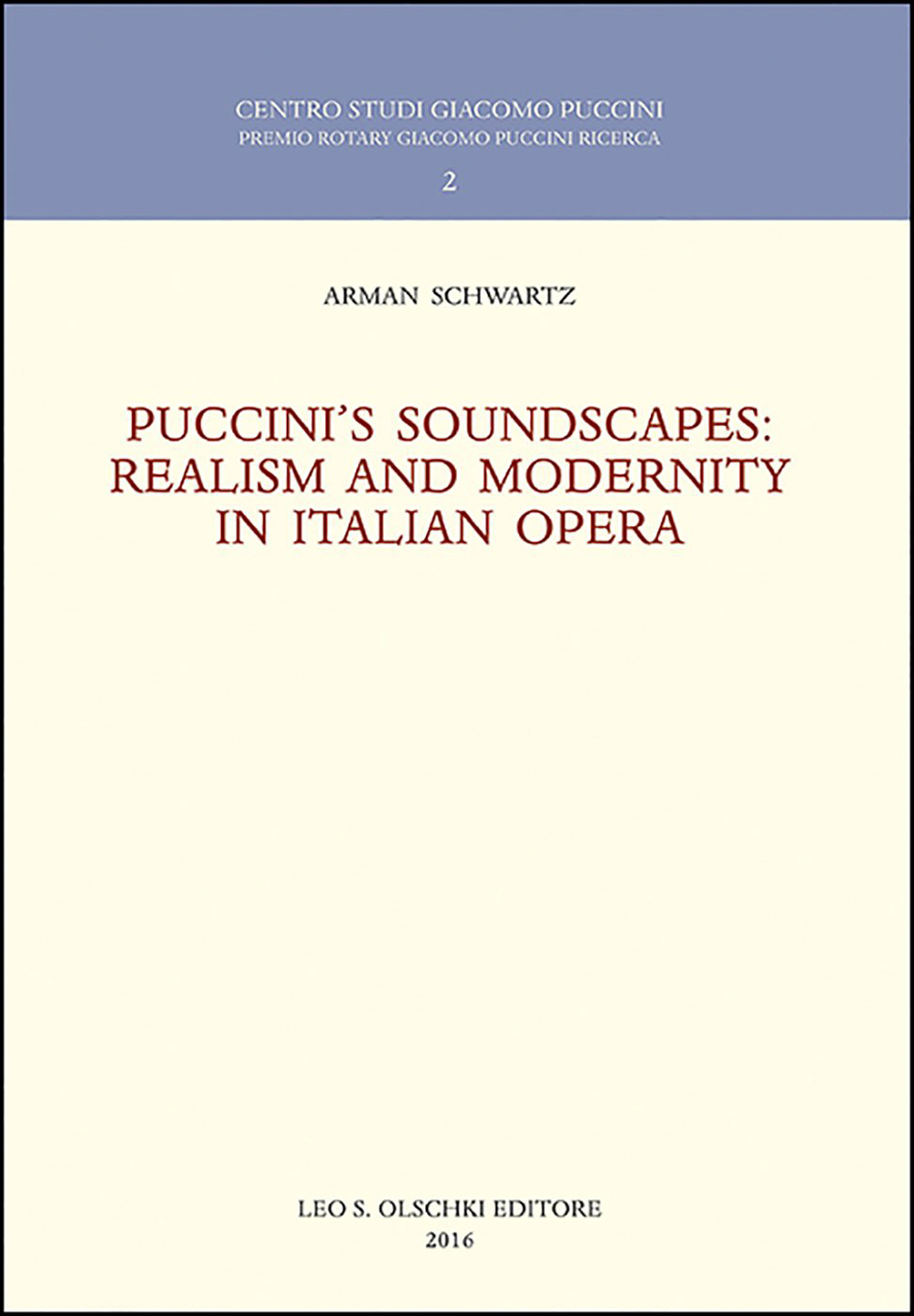
Puccini’s Soundscapes. Realism and Modernity in Italian Opera
2016
Le opere di Puccini si basano sull’invenzione, senza precedenti, di oggetti sonori che sembrano tratti in modo immediato dalla realtà. Puccini’s Soundscapes intende ripensare la carriera del compositore e reinterpretare molte delle sue opere maggiori attraverso l’esplorazione delle origini e dei confini del realismo sonoro. Più in generale, s’interroga sulle risposte dei compositori italiani ai mutamenti culturali dell’ascolto, propone un nuovo dialogo tra musicologia e studi sul suono, e un nuovo approccio alla modernità musicale.
From the bells in Tosca and the birdcalls in Madama Butterfly to the horns and sirens in Il tabarro and the music box melodies that inspired Turandot, Puccini’s operas rely to an unprecedented degree on realistic and seemingly unmediated acoustic objects. Focusing on this pervasive if little-discussed aspect of the composer’s art, Puccini’s Soundscapes uses the twin categories of sound and realism to rethink the shape of Puccini’s career, and to offer new interpretations of many of his major works, as well as those of his contemporaries. It asks how Italian composers responded to some of the fundamental transformations of auditory culture during the fin-de-siècle, and resituates their works within the discourses (aesthetic, political, and technological) of Italian modernity. Proposing a dialogue between musicology and sound studies, Puccini’s Soundscapes offers new ways of listening to major artistic movements from verismo to futurism, and asks how «late Romantic» opera might contribute to a broader re-theorization of musical modernism.
